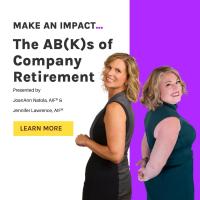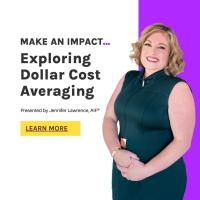President Biden Announces Student Debt Relief Plans
Presented by Jennifer Lawrence, AIF®
On August 24, 2022, President Biden announced plans to offer student loan forgiveness to selected individuals. Below is a summary of the executive action that the Biden Administration plans to effectuate. It’s important to note that strong legal challenges to these provisions are likely because the changes are sought to be implemented without Congressional approval.
Final Extension of Student Loan Repayment Moratorium
Borrowers won’t be required to make payments on their federal student loans through December 31, 2022. Borrowers haven’t been required to make student loan payments for more than two years thanks to pandemic-related relief for borrowers. No interest has accrued on federal student loans during the repayment pause. President Biden has indicated that this will be the final extension, and that borrowers will have to resume student loan repayments in early 2023.
Forgiveness of $10,000–$20,000 from Student Loan Balances
Individuals making less than $125,000 per year ($250,000 for married couples) in income will be eligible to have up to $10,000 of student loan debt canceled. For Pell Grant recipients, the cancellation amount may increase to $20,000. In most circumstances, the Department of Education will have individual income data to be able to automatically process the debt cancellation. In the event the government doesn’t have the relevant data, it anticipates providing applications in short order.










